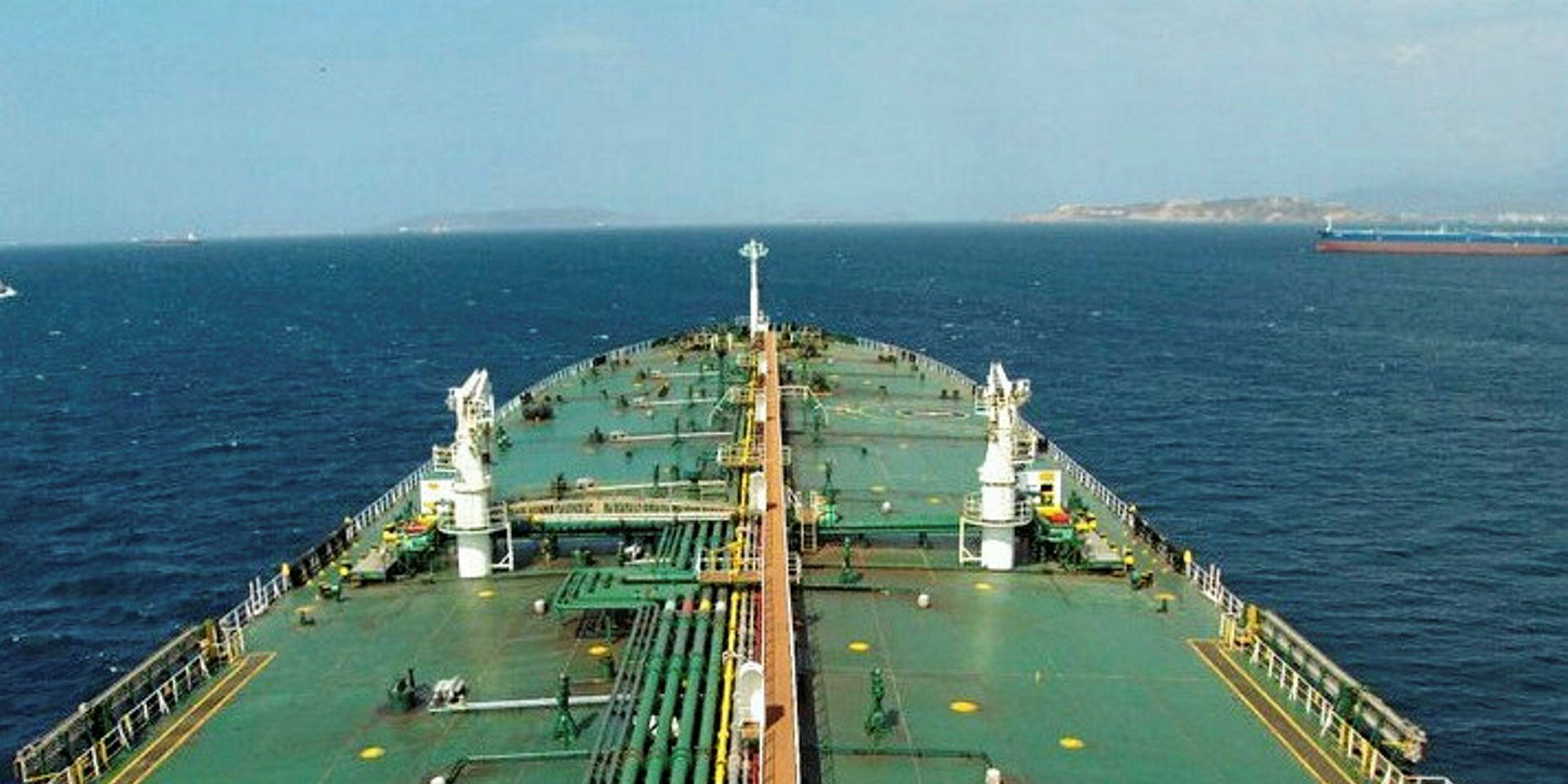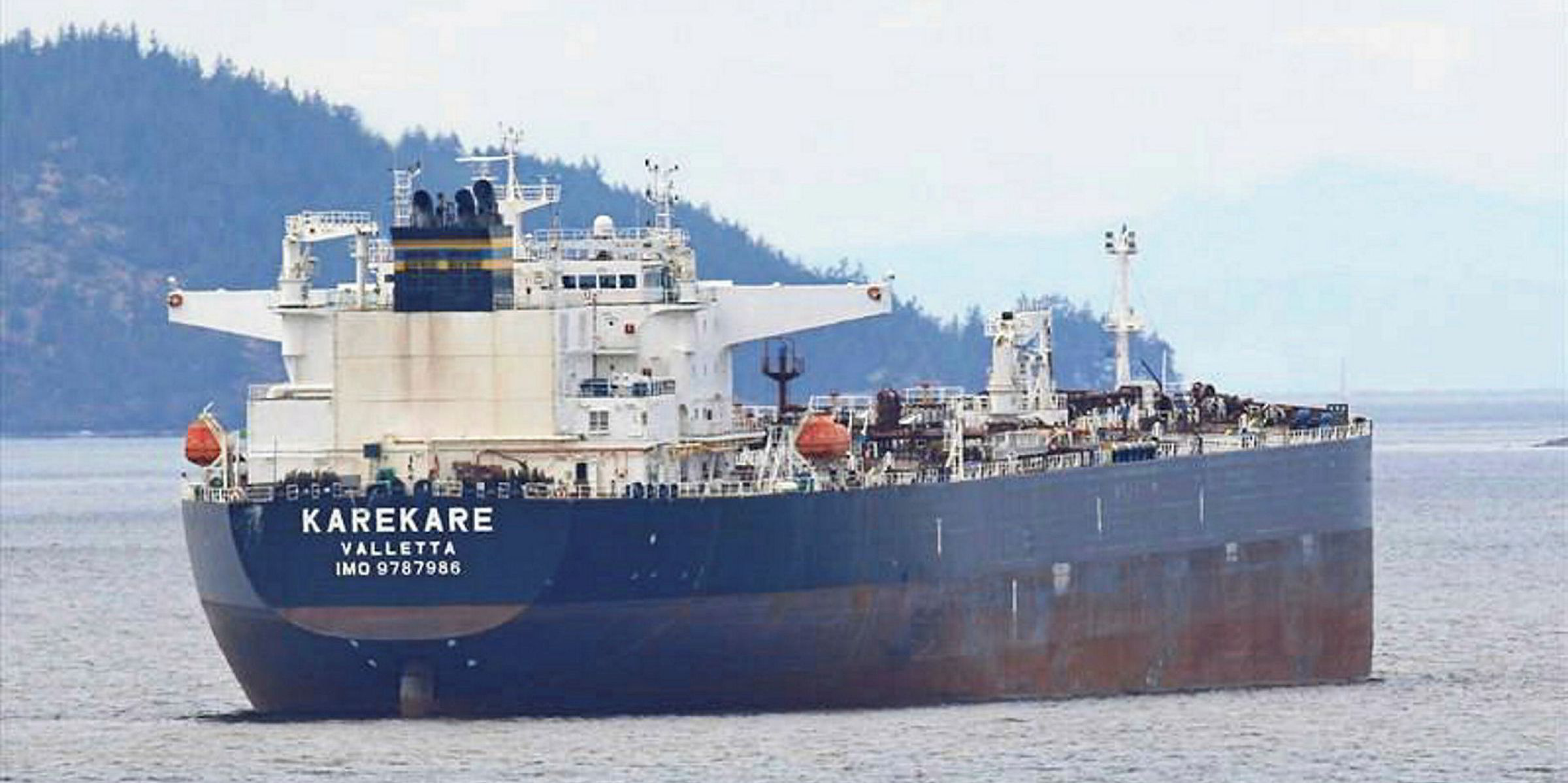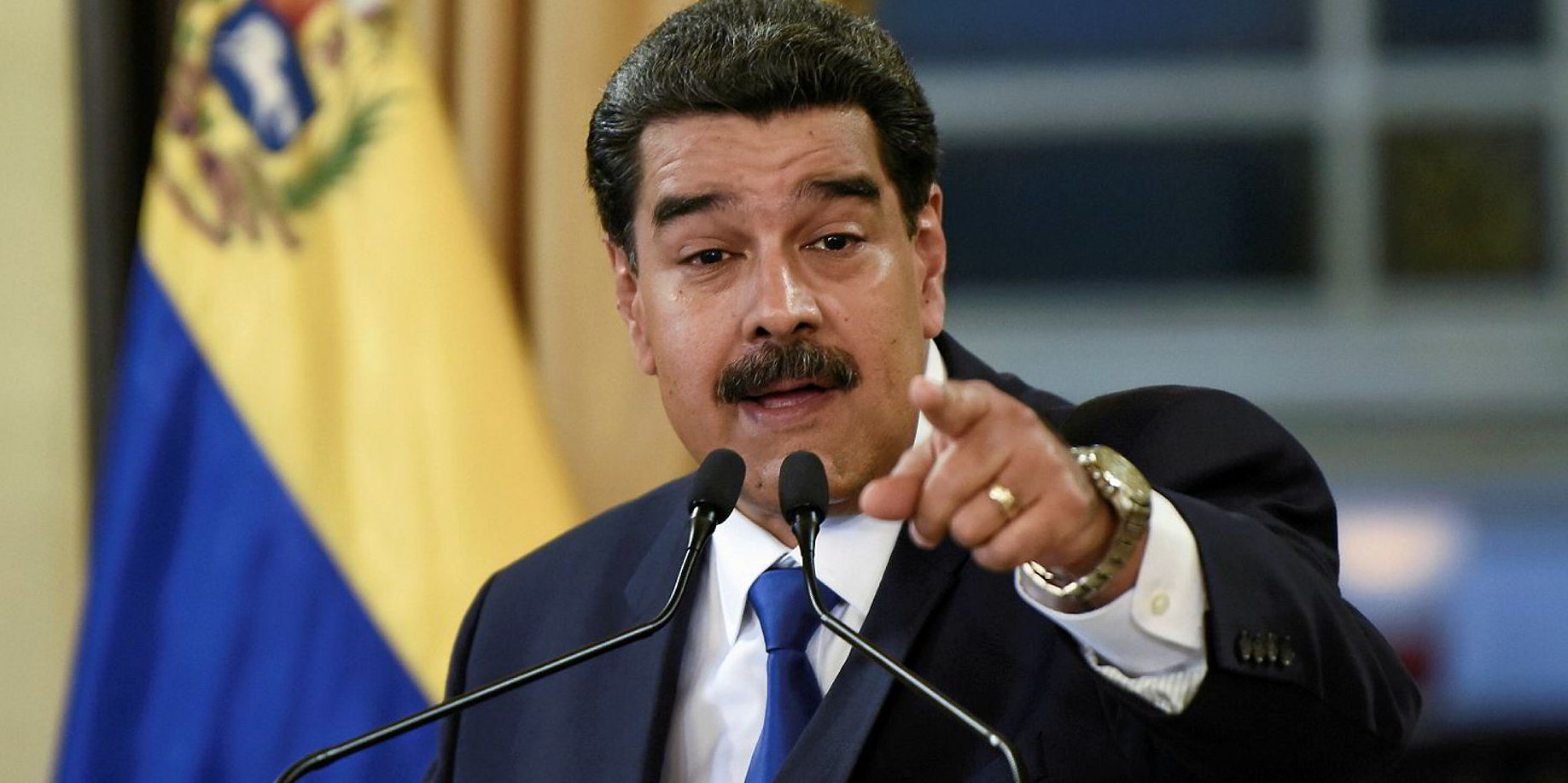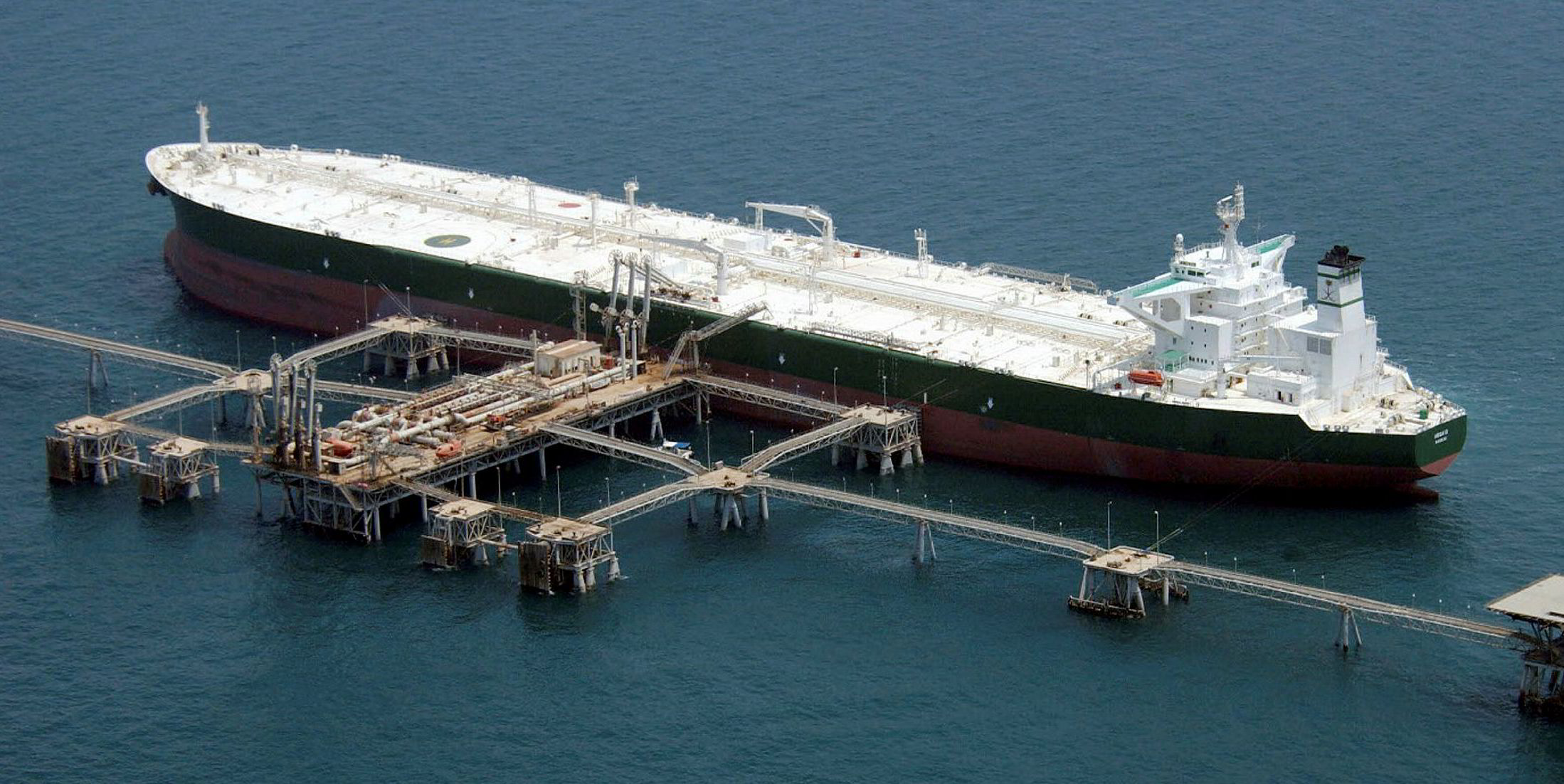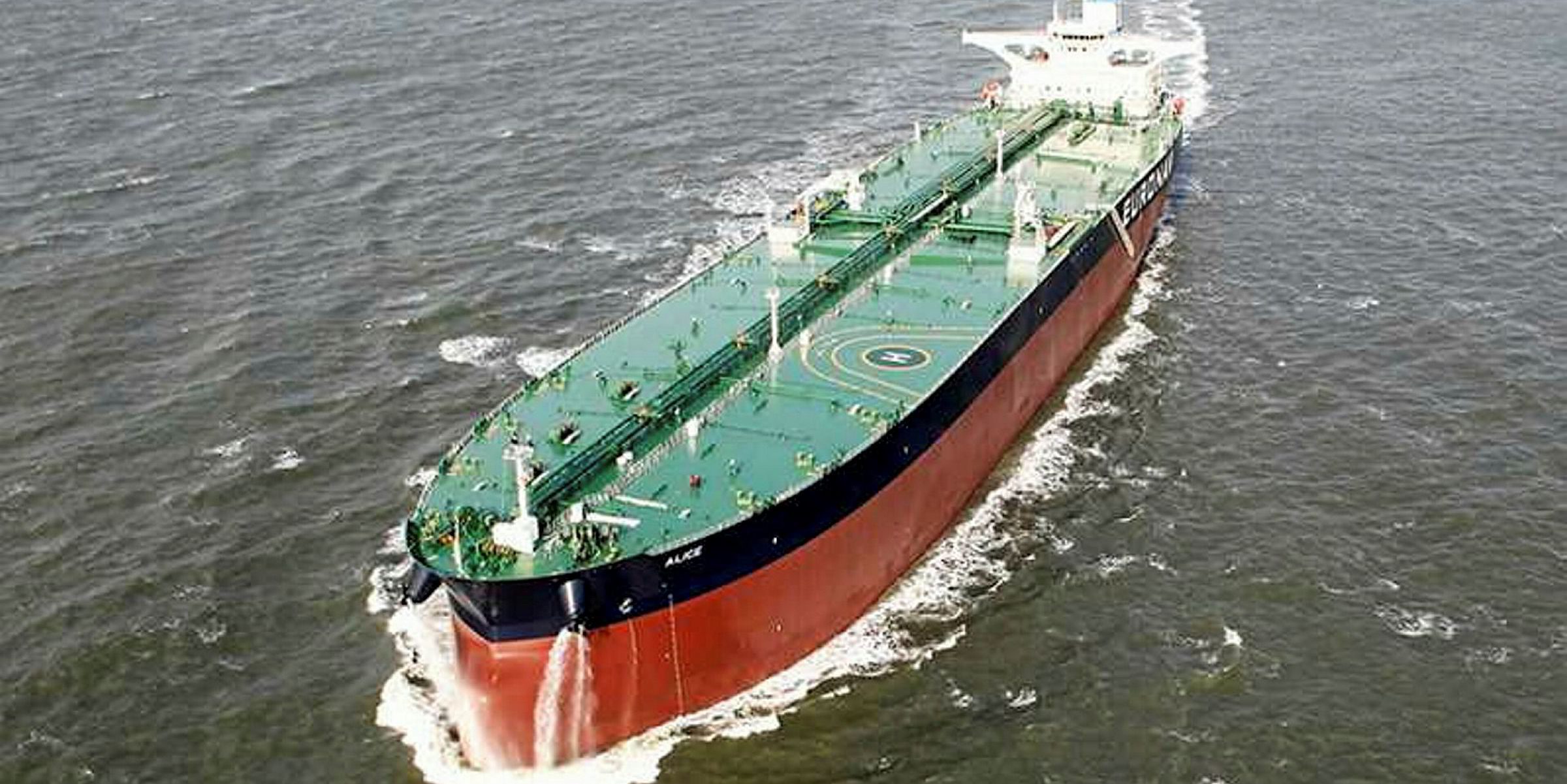Vitol has reportedly fixed a VLCC to load Venezuelan crude in yet another voyage charter that will yield a significant risk premium for the owner.
Dynacom Tankers’ 318,300-dwt Ioanna (built 2008) was booked to lift 270,000 tonnes from Puerto Jose on 15 March for shipment to China at a lump-sum rate of $8m, according to brokers.
This was $1.35m higher than the prevailing rate on the comparable US Gulf-China route, a broker said.
When asked about the charter, Vitol told TradeWinds that its business “is fully compliant with all relevant legislation and sanctions” but declined to comment further. The Greek shipowner declined to comment.
Petroleos de Venezuela SA (PDVSA), the state-owned energy firm in charge of Venezuela’s crude sales, has not responded to an email seeking comment.
Sweeping sanctions
After the US imposed sweeping sanctions on PDVSA towards the end of January in a bid to help drive Venezuela’s incumbent president Nicolas Maduro from office, the Opec member has been struggling to maintain its oil sales to overseas customers.
Industry officials suggest most tanker companies are steering away from Venezuelan liftings to avoid falling foul of sanctions.
Shipowners are not explicitly exposed to US sanctions if they do not deal with PDVSA directly, but few are willing to bear the legal risks associated with engagement in potentially sanctioned trades.
“I would not say we definitely won’t do Venezuelan business," a Chinese owner said. "But practically it’s hard to offer our ships as such a deal will need to go through the legal and compliance departments, and that’s a lot of hassle.”
This has led to hefty risk premiums for the owners willing to lift from Venezuela.
PetroChina, for example, has fixed the TMS Tankers-owned, 159,638-dwt Karekare (built 2017) for loading from Puerto Jose on 22 February for a voyage to Ningbo, China, at $6.3m — a $2m premium compared with similar trades.
Charter opportunities have been limited due to geopolitical factors.
The US, previously the largest buyer of Venezuelan crude, has effectively halted its purchases.
European import firms are also not keen on taking Venezuelan crude as many European countries oppose the Maduro regime, according to Braemar ACM.
Analysts have expected most of the Venezuelan crude exports to end up in India and China, formerly the second and third largest buyers.
Turning bullish
Overall, VLCC earnings on the Americas-Asia trade have enjoyed a strong rebound lately, with the Venezuelan woes more than offset by strong exports elsewhere.
With an arbitrage window wide open, due in part to earlier freight weakness, Clarksons Platou reported at least 17 fixtures from Brazil and the US Gulf to East Asia last week — which was two to three times more than expected.
The US Gulf-China VLCC rate was assessed at $6.97m on the Baltic Exchange at the end of last week, compared with $5.42m a week earlier.
“The backhaul is now not only the fronthaul, but it is also now the kingmaker. US Gulf/East [trade] is the Blue Riband of the VLCC market and the saviour at the same time,” Galbraith’s said in a note.
The positive sentiment has spilled over to the benchmark Arabian Gulf-China trade, where the time charter-equivalent rate increased by nearly 60% from last week's level to $21,800 per day, despite low exports amid an Opec production cut.
